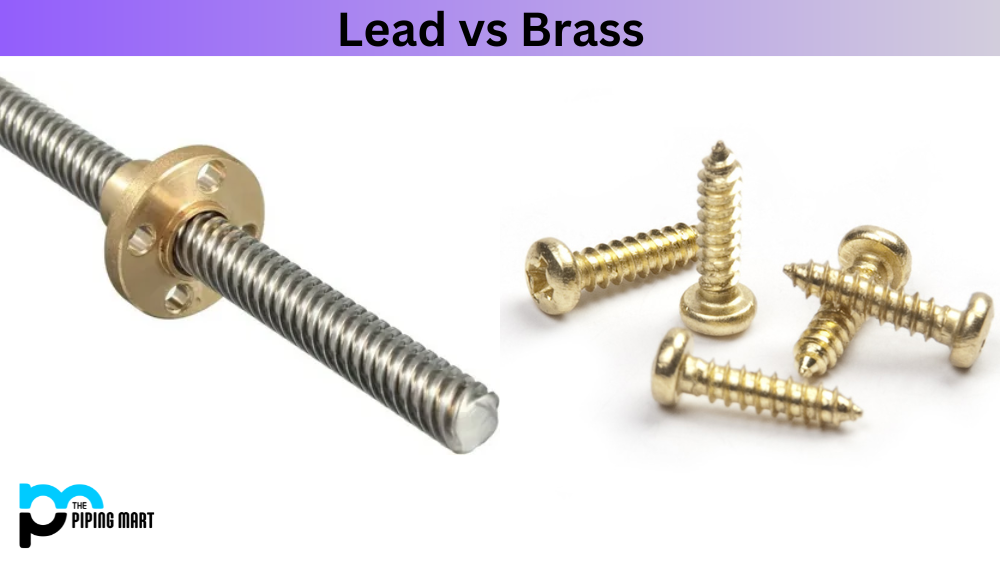For many industries, choosing the right steel for their projects is critical. This is especially true when it comes to AR400 steel and mild steel. But what are the differences between these two kinds of steel? This blog post will explore the pros and cons of using each type of steel and explain why you might choose one over the other for your project.
AR400 Steel
AR400 steel is a particular abrasion-resistant steel that has been hardened through heat treatment. This makes it ideal for applications in which metal wear is a significant factor, such as construction, mining, or industrial machinery. AR400 steel is also often used in ballistic protection applications due to its high strength-to-weight ratio. The main advantage of AR400 steel is its superior durability—it can withstand much more wear than ordinary mild steel and is more resistant to corrosion. However, this comes at a cost—AR400 steel tends to be much more expensive than mild steel. AR400 steel is a high-carbon alloy designed explicitly for abrasion and wear resistance. It has a higher hardness than other carbon steel types but is also more brittle. This makes it ideal for applications where high levels of abrasion are expected, such as in the construction industry.
Mild Steel
Mild steel (also known as low carbon or cold rolled steel) has been around for centuries and is one of the most commonly used steel in the world today. It’s inexpensive, relatively strong (although not as strong as AR400), and easy to work with. It’s also highly malleable and can be easily formed into various shapes without much difficulty. The main downside of mild steel is that it’s not as durable as other types of steel—it’s prone to rust if left exposed to moisture or extreme temperatures over long periods, which means it needs regular maintenance or coating with protective products if used outdoors or in areas where water or extreme temperatures are present. Mild steel is a low-carbon steel typically used in applications where strength is not a primary concern. It has a lower hardness than other types of carbon steel, making it more ductile. This makes it ideal for applications where high levels of abrasion are not expected, such as in the automotive industry.
Advantages of AR400 steel
One of the main advantages of AR400 steel is its high level of abrasion resistance. This makes it ideal for applications with a risk of high levels of wear and tear, such as in the construction industry. Additionally, AR400 steel has a higher hardness than mild steel, making it more resistant to damage from impact.
Advantages of mild steel
One of the main advantages of mild steel is its low cost. Additionally, mild steel is more ductile than AR400 steel, making it easier to work. Mild steel can also be welded more easily than AR400 steel, making it ideal for applications where welding is required.
Disadvantages of AR400 steel
One of the main disadvantages of AR400 steel is its high level of brittleness. This can make it more susceptible to damage from impact or sudden temperature changes. AR400 steel is more challenging to work with than mild steel due to its higher hardness.
Disadvantages of mild steel
One of the main disadvantages of mild steel is its lower level of abrasion resistance when compared to other materials such as AR400steel. Additionally, mild steel can be more susceptible to corrosion than other materials.
Conclusion:
AR400 and mild steels are viable options for many projects depending on your specific needs and budget. If you need extreme durability or ballistic protection, AR400 may be your best choice; however, if you’re looking for an affordable option that still provides decent strength and malleability, then mild steel may be a better option. Ultimately, you’ll need to weigh all factors carefully before deciding so you can pick the suitable material for your project!
Meet Heer, a dynamic and driven writer learning tricks of her trade in the metal industry. With a background in Digital Marketing, Heer brings a unique perspective to her writing, sharing valuable insights. Apart from blogging she like reading and hiking.




